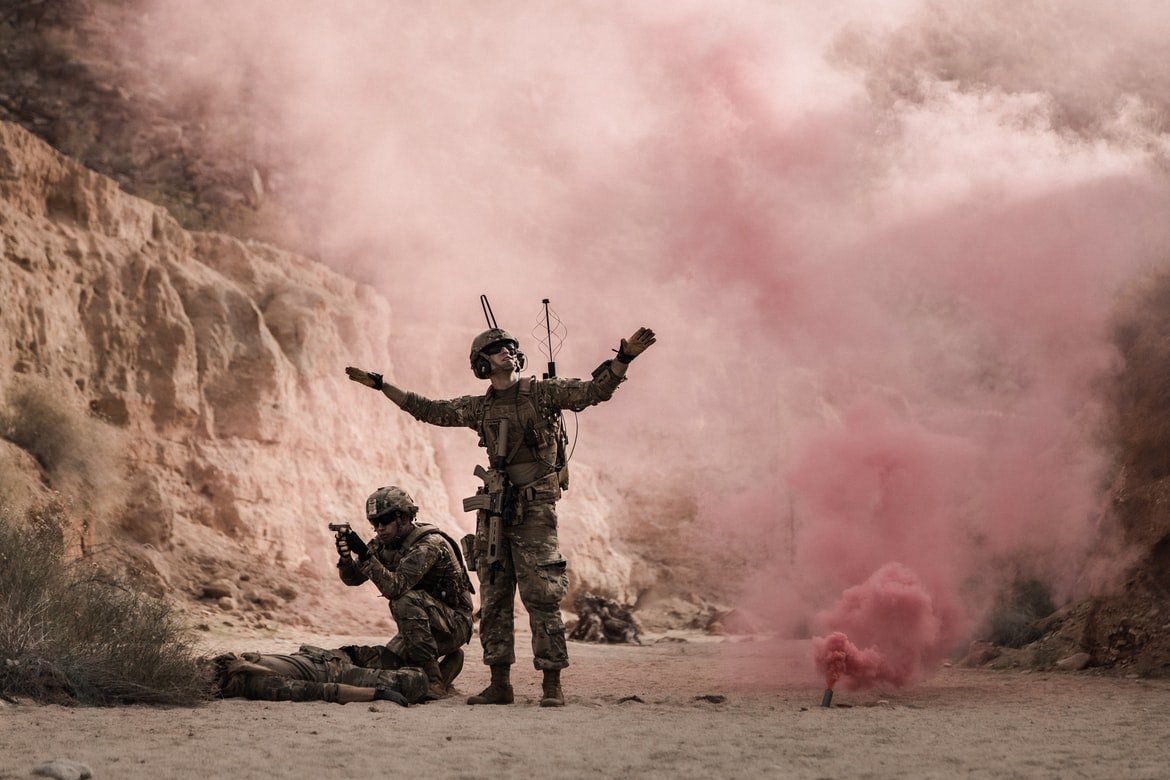VIOLENCE WITH A POLITICAL PURPOSE: A DISCUSSION ON DR. LAURA ROBSON’S LECTURE, “THE POLITICS OF MASS VIOLENCE IN THE MIDDLE EAST.”
Written by George Gibson
“When we are cruel to others, we know that our cruelty is meant to bring them back to their true selves, of which they are ignorant.”
-Michel Aflaq
How do we learn from, and how should we interpret, mass violence that fails to fit into the analytical categories we have established to make sense of it? What should historians do when they are presented with instances of violence which undermine both the geopolitical and disciplinary boundaries of Middle Eastern historiography? These are the questions which underlined Dr. Laura Robson’s recent lecture, “The Politics of Mass Violence in the Middle East.”
Dr. Robson’s choice to open with a quote addressing the political potential of mass violence within a postcolonial and – contradictorily – neocolonial geopolitic foregrounds the specific conclusions and disciplinary suggestions offered throughout her lecture. Mass violence often has a specific purpose, and an exploration of its use across state boundaries by various regimes can shed light on the broader historic and ongoing colonial experience of the Middle East.
The specific historiographic work presented within the lecture was certainly interesting. Dr. Robson – highlighting specific examples presented in her recently published book of the same name – skillfully traced the complex phenomena which contributed to the mass violence experienced within the modern Middle East and Eastern Mediterranean. By harnessing mass violence as an analytical tool, Dr. Robson underlined how mass violence in the Middle East should not – and for that matter, cannot – be interpreted and rearticulated as irrational or, conversely, indicative of longstanding ethnic or spatial divisions. Neither should mass violence be interpreted as a failure on behalf of modern Middle Eastern nations to establish effective or stable state structures. Mass violence existed as a colonial political tool long before the establishment of current national bodies, serving as a way to divide colonized peoples and establish specific ethnic client populations.
Dr. Robson’s articulation of the postcolonial implications of this relationship was even more profound. Mass violence as a tool to assert national and territorial control exists only with the political and material support of the global community. Whether it be American arms, European chemical weapons, or training from Soviet and Post-Soviet Bloc states, this violence is an unignorable transnational phenomenon. Mass violence therefore stands as a strong analytical tool through which historians can explore the recent and continued recolonization of the Middle East.
However, the historiographical problems highlighted by Dr. Robson, and her proposals on how to remedy them – were the highlight of her presentation. Neither genocide studies, due to its focus on strict definitions of what does – and does not – qualify as a genocide per se, nor the historiography of the modern Middle East, due to its focus on outcomes rather than causes and processes, are really in a position to explore the phenomenon of mass violence. An exploration of mass violence in the Middle East requires the use of mass violence as an analytical tool itself. Only by bringing mass violence into the conversation can we fully explore the causes, contexts, and intents guiding historically conditioned and conscious postcolonial subjects across national, state, and temporal boundaries.
February 9, 2021

